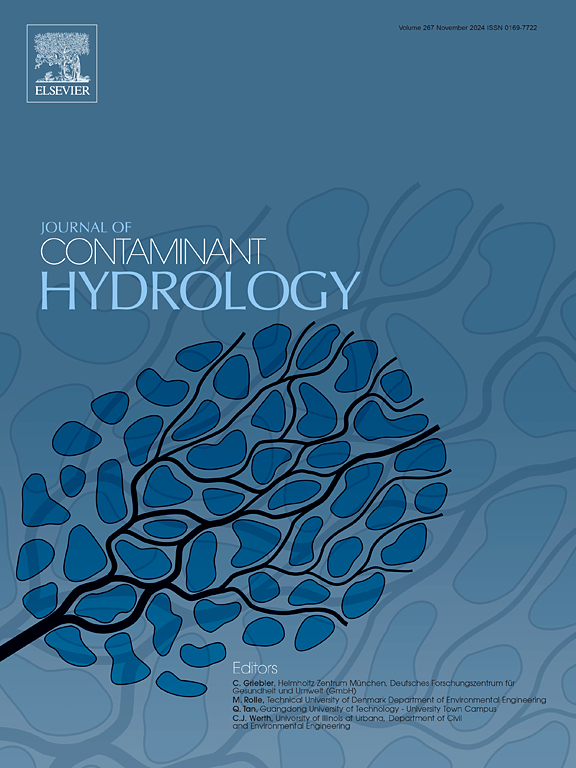Rural village as a source of microplastic pollution in a riverine and marine ecosystem of the southern Venezuelan Caribbean
IF 3.5
3区 环境科学与生态学
Q2 ENVIRONMENTAL SCIENCES
引用次数: 0
Abstract
Microplastics (MP) are widely distributed environmental pollutants with the potential to impact terrestrial and aquatic ecosystems. MP produced in urban areas are transported through rivers to marine environments, interacting with water, sediments and organisms along the way. To date, most studies have characterized MP pollution associated with urban centers. This study quantified the MP abundance associated with a representative rural community of the Southern Caribbean Coast of Venezuela, Chichiriviche de la Costa (Chichi), and its influence on a neighboring riverine and marine ecosystem. MP pollution was assessed in the dry and rainy season by sampling riverine water and sediments upstream and downstream of the village. Additionally, marine water, sediments and organisms (fish and sponges) were sampled in the bay. Samples were processed according to standardized protocols with strict quality control procedures. MP were characterized through ATR-FT-IR. The riverine water and sediments downstream of the village had a MP abundance that was 2.3 and 3.8 times higher than the upstream sampling site, respectively. A higher MP abundance was found in the sediments of the river mouth and the waters of the inner bay of Chichi, suggesting that the river was the main source of MP to the bay. MP were found in all marine organisms. The MP abundance in the waters of the inner bay of Chichi was 1.7 to 1197.3 times higher than previous studies conducted in urban centers of Latin America. Our study highlights the role of rural centers as sources of MP pollution.

求助全文
约1分钟内获得全文
求助全文
来源期刊

Journal of contaminant hydrology
环境科学-地球科学综合
CiteScore
6.80
自引率
2.80%
发文量
129
审稿时长
68 days
期刊介绍:
The Journal of Contaminant Hydrology is an international journal publishing scientific articles pertaining to the contamination of subsurface water resources. Emphasis is placed on investigations of the physical, chemical, and biological processes influencing the behavior and fate of organic and inorganic contaminants in the unsaturated (vadose) and saturated (groundwater) zones, as well as at groundwater-surface water interfaces. The ecological impacts of contaminants transported both from and to aquifers are of interest. Articles on contamination of surface water only, without a link to groundwater, are out of the scope. Broad latitude is allowed in identifying contaminants of interest, and include legacy and emerging pollutants, nutrients, nanoparticles, pathogenic microorganisms (e.g., bacteria, viruses, protozoa), microplastics, and various constituents associated with energy production (e.g., methane, carbon dioxide, hydrogen sulfide).
The journal''s scope embraces a wide range of topics including: experimental investigations of contaminant sorption, diffusion, transformation, volatilization and transport in the surface and subsurface; characterization of soil and aquifer properties only as they influence contaminant behavior; development and testing of mathematical models of contaminant behaviour; innovative techniques for restoration of contaminated sites; development of new tools or techniques for monitoring the extent of soil and groundwater contamination; transformation of contaminants in the hyporheic zone; effects of contaminants traversing the hyporheic zone on surface water and groundwater ecosystems; subsurface carbon sequestration and/or turnover; and migration of fluids associated with energy production into groundwater.
 求助内容:
求助内容: 应助结果提醒方式:
应助结果提醒方式:


